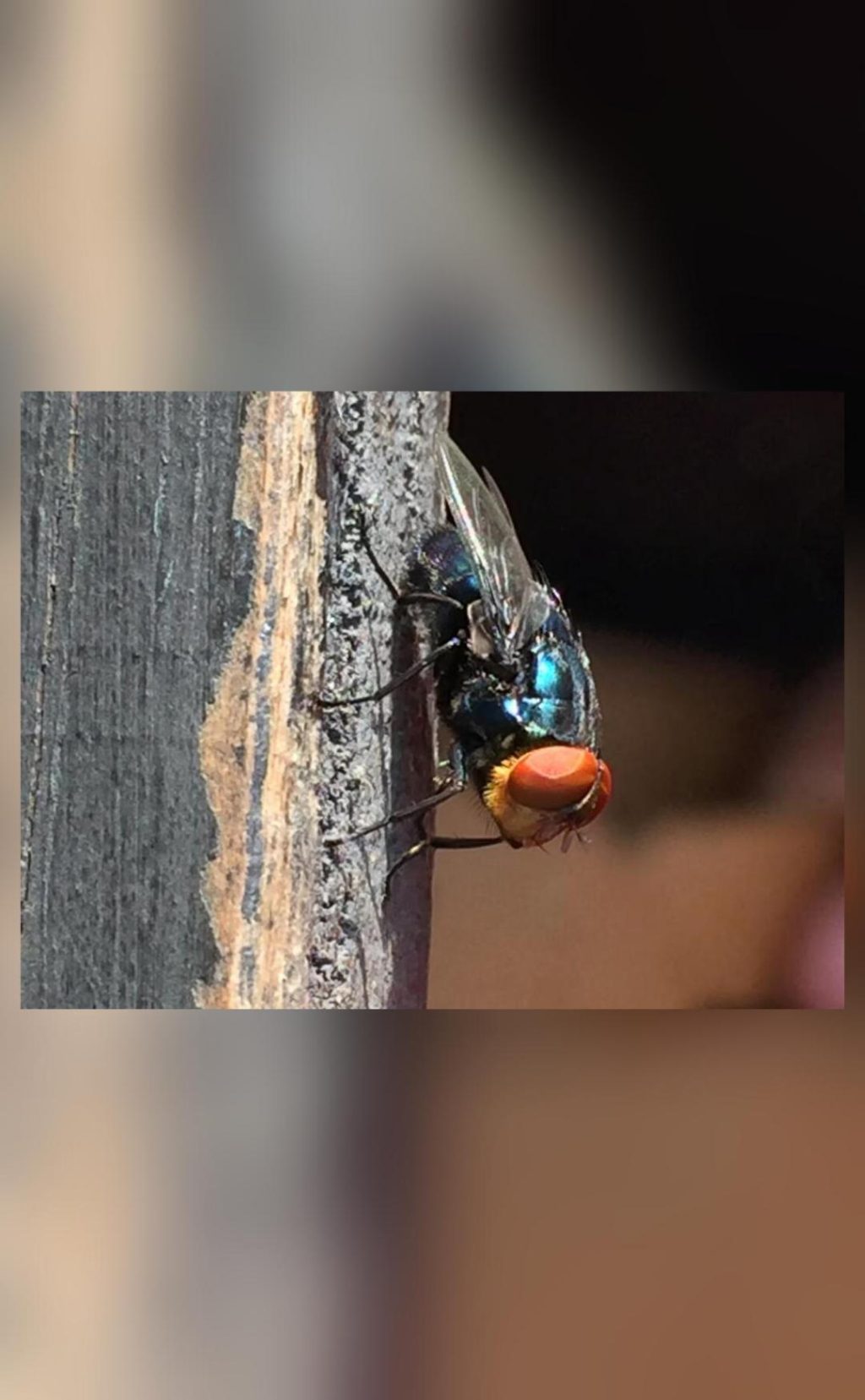
Why is the US planning to breed screwworm flies and dump them from planes over Mexico?
In a bizarre attempt to protect its beef industry, the US government has announced plans to breed billions of male screwworm flies and dump them from planes over Mexico and southern Texas. The move is aimed at combating the flesh-eating larvae of the New World screwworm fly, a pest that can infest and kill livestock. But how does this plan work, and what are the implications of releasing sterilized flies into the environment?
According to a report by the US Department of Agriculture’s Animal and Plant Health Inspection Service (APHIS), the plan involves breeding an estimated 3.5 billion male screwworm flies, which will then be sterilized using radiation to prevent them from reproducing with female flies. The sterilized males will be released from planes over Mexico and southern Texas, where they will mate with wild female flies, causing the population to die out.
The New World screwworm fly (Chrysops silacea) is a native fly species in Central and South America, but it was eradicated from the United States in the 1950s through a similar biological control method. However, in recent years, the fly has reappeared in southern Texas, posing a significant threat to the US beef industry.
The screwworm fly’s larvae can infest and kill livestock, causing significant economic losses to farmers and ranchers. The flies are attracted to the warmth and moisture of animal wounds, where they lay their eggs, which then hatch into larvae that feed on the animal’s flesh. If left untreated, the infestation can lead to severe tissue damage, loss of production, and even death.
The US plan to release sterilized screwworm flies is based on the principle of Sterile Insect Technique (SIT), a method that has been used successfully to control insect pests around the world. SIT involves breeding large numbers of sterile males, which are then released into the environment to mate with wild females, causing the population to decline or become extinct.
The US Department of Agriculture has been working on this project for several years, and the plan is expected to be implemented in the coming months. The agency has partnered with the Mexican government to release the sterilized flies over Mexico, where the screwworm fly is more prevalent.
While the plan may seem unorthodox, experts argue that it is a highly effective and environmentally friendly method of controlling the screwworm fly population. Unlike chemical pesticides, which can have unintended consequences on the environment and human health, SIT is a targeted approach that does not harm non-target species or the ecosystem.
However, not everyone is convinced that the plan is the best approach. Some critics argue that releasing millions of flies into the environment could have unforeseen consequences, such as altering the local ecosystem or introducing new pests. Others have raised concerns about the cost of the project, which is estimated to be in the millions of dollars.
In conclusion, the US plan to breed screwworm flies and dump them from planes over Mexico and southern Texas may seem unusual, but it is a highly effective and environmentally friendly method of controlling the screwworm fly population. While there may be some concerns about the plan, experts argue that it is a necessary step to protect the US beef industry from the devastating effects of the screwworm fly.
Source:






